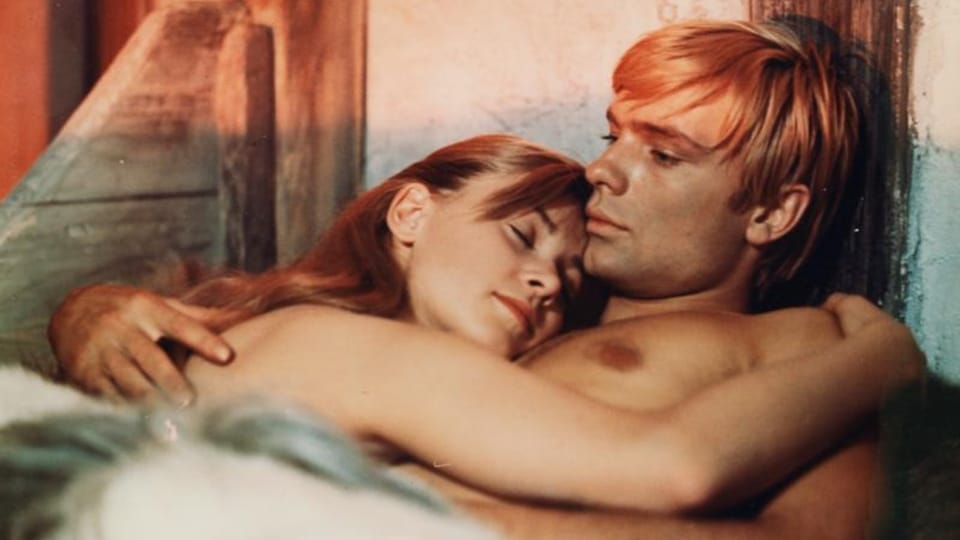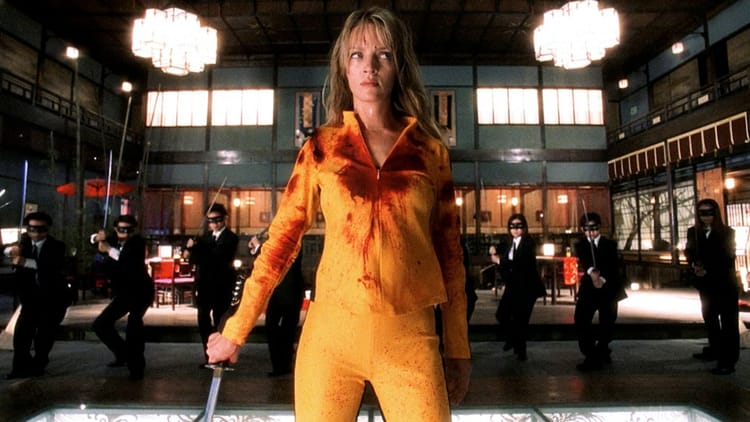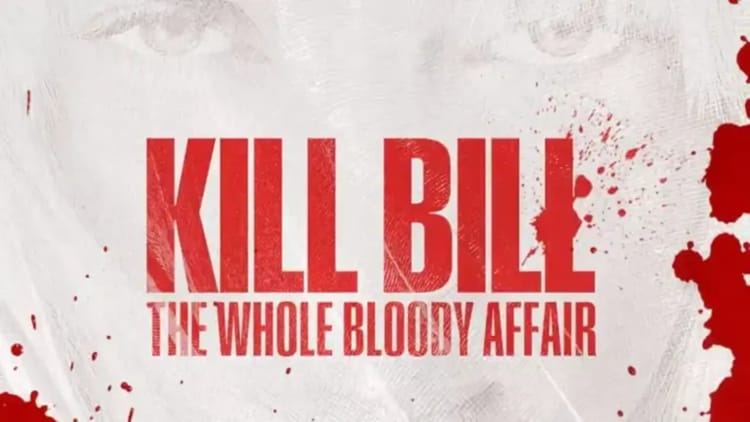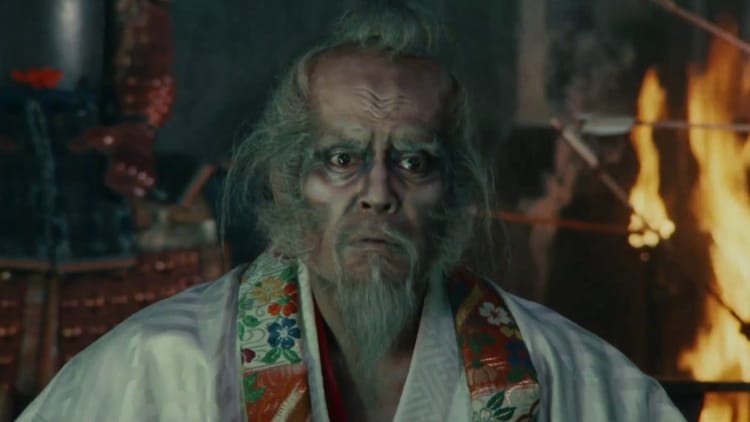Hagbard and Signe

When I kicked off VIKINGS vs SAMURAI, I figured I’d explore all the cinematic territory I could, right? You know, do a deep dive into how each genre plays out on the screen, how the tropes of Vikings clashing swords and samurai drawing blades have been handled over the years, and, of course, figure out what clichés to dodge or lean into. Sounds like a killer plan, right? Well, let me tell you, I did not see this coming—there are a metric ton more samurai flicks out there than Viking ones. Like, no contest. I mean, I burned through every Viking movie I could find on streaming services and purchasing Amazon DVDs before I even scratched the surface of samurai cinema. That left flicks like When the Raven Flies, In the Shadow of the Raven, and The White Viking beyond my reach
But here’s where things got interesting—I stumbled across this hidden treasure trove called DVDLady. Yeah, I know, the name sounds like your grandma’s VHS hoarder friend, but trust me, they’ve got the goods. This site’s a haven for DVD collectors, classic film enthusiasts, and anyone with a nostalgia kink for hard-to-find titles. And that’s where I tracked down Hagbard and Signe, or as some of you might know it—The Red Mantle. Oh yeah, I snagged that DVD faster than a kid grabbing candy, sitting down, hitting play—and man, let’s just say it wasn’t exactly Criterion Collection quality. A little fuzzy, some wonky aspect ratio—clearly built for TVs back in the Stone Age. But hey, beggars can’t be choosers, and this was Viking cinema, baby!
So here’s the skinny: Gabriel Axel, the mastermind behind Babette’s Feast (yeah, that’s right, the same dude who snagged the Oscar), goes all in on this Viking saga, and boy, does he bring it. He sets the whole thing in the year 1100 and drops the production right into Iceland. And let me tell you—this wasn’t just a decision, this was a freaking masterstroke. Iceland is like another planet—mist-covered mountains, brutal ice fields, green plains tougher than old leather—and all of it untouched, giving you this primal, raw vibe. The landscapes? They’re not just a backdrop; they’re alive. The country’s practically a character in the movie. Axel didn’t bother with any studio fakery or soundstage nonsense—he went real, and it paid off. The film’s got a visual authenticity that makes you feel like you’re breathing that cold Viking air right along with the characters.
And the story? It’s about as lean and mean as a Norse legend passed down by a campfire. You’ve got three brothers out for revenge because some king—King Sigvor—offed their dad in a duel. Standard Viking business, right? So the brothers charge in, swords and spears flying, ready to throw down with the king’s three sons in a brutal, bloody showdown. But guess what? After a day of this savage combat, everyone’s too evenly matched to land a killing blow. So what does the king do? He calls a truce and invites them to crash at his castle for the night. That’s when things start to heat up.
Cue the romance—Hagbard, the youngest and hunkiest of the brothers, locks eyes with Signe the king’s daughter. You know where this is going. It’s your classic “forbidden love in the middle of a family blood feud” situation. The chemistry? It’s instant. They’re in deep before they even know it, and it’s just about as doomed as you’d expect in Vikingland, where grudges are generational, and love is more dangerous than a sword to the gut. Axel doesn’t try to hide the inevitable tragedy, and that’s where the story sinks its hooks into you. It’s like Romeo and Juliet but with more axes and horses.
Gold reigns over life and death.
Let me tell you about the battle scenes. These aren’t your run-of-the-mill, shaky-cam, quick-cut Hollywood fights. Oh no, Axel throws you right into the thick of it. When the swords clash, you feel it. There’s no graceful dancing here—this is gritty, raw, in-your-face violence. It’s intense. I’m talking Falstaffian levels of intensity—Orson Welles-style, if you catch my drift.
And then there’s the cast—man, what a lineup. Axel brings in some heavy hitters from Bergman’s crew—Gunnar Björnstrand and Eva Dahlbeck as the king and queen. These two have got Shakespearean-level gravitas. Bjornstrand’s not just some mustache-twirling villain; he’s got depth. The king? He’s weighed down by this whole mess of revenge and honor, torn between maintaining peace and keeping his kingdom from tearing itself apart. Dahlbeck’s queen? Regal, fierce—she’s not sitting on the sidelines either. They add some serious weight to what could’ve just been a brawl-filled saga.
Now, let’s talk chemistry. Oleg Vidov as Hagbard and Gitte Hænning as Signe—they nail it. Vidov plays Hagbard like a man split in two: one part vengeance, one part hopeless romantic. And Hænning’s Signe? She’s not just a damsel in distress—she’s a fierce, strong-willed woman trapped in the middle of this blood-soaked mess. Their love is pure, raw, and absolutely doomed. You can see the train wreck coming from a mile away, but you can’t help but root for them anyway.
And Axel doesn’t clutter things with too much dialogue, either. These characters? They don’t talk unless they need to. Long stretches of silence let the tension build while nature does the talking. The howling wind, the crashing waves, the horses breathing heavily—all that stuff hits harder than any line of dialogue ever could.
Henning Bendtsen, the cinematographer, deserves all the props for how he captures Iceland. It’s like a visual poem—the vastness, the isolation, the majesty—it’s all there. This land isn’t just a setting; it’s like a mythical battleground, one where only heroes and legends walk.
So yeah, Hagbard and Signe—it’s a freaking masterpiece. It’s more than just a Viking movie; it’s a raw, elemental force of nature. This film doesn’t just show you the Viking world; it throws you into it headfirst, no holds barred. This is the kind of movie that sticks with you, that hits you in the gut, and lingers long after the final scene fades.





